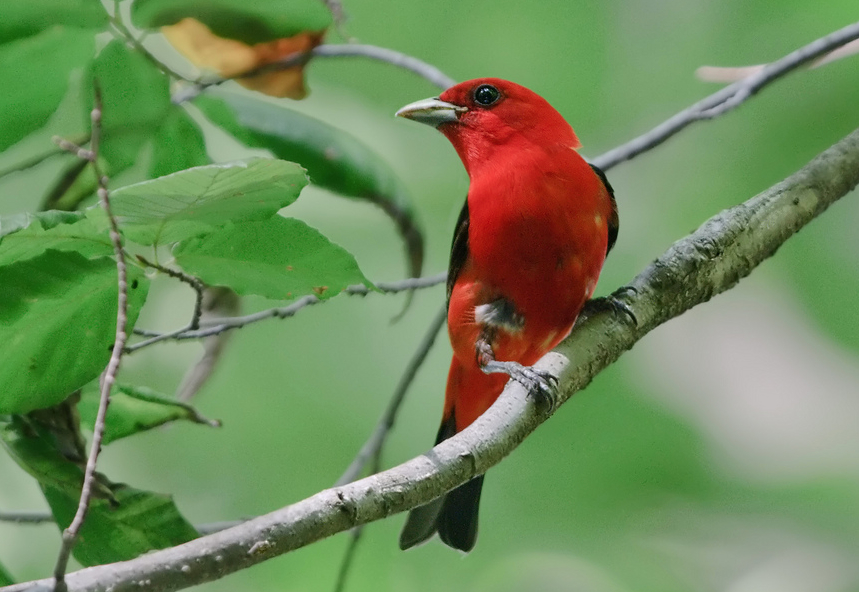
Counting Crows — And More
As with the proverbial canary in a coal mine, birds are often a strong indicator of environmental health. However, over the past 40 years, many species have experienced their own environmental crisis due to habitat loss and climate change, among other factors. To fully understand bird distribution relative to environment requires extensive data beyond those amassed by a single institution.
Enter DataONE: the Data Observation Network for Earth, a collaboration of distributed organizations with data centers and science networks, including the Knowledge Network for Biocomplexity (KNB) administered by UC Santa Barbara’s National Center for Ecological Analysis and Synthesis (NCEAS).
Combining bird occurrence data collected by citizen scientists with land-use data, DataONE enabled researchers to map more than 300 bird species against important environmental factors. Armed with this information, they could more accurately assess the degree of protection required for each species.
To continue such efforts and build upon its achievements, DataONE has recently been awarded $15 million from the National Science Foundation (NSF) as part of an accomplishment-based renewal. NCEAS, a DataONE partner organization, will use its portion to expand its available data to DataOne users, add key services to support researchers and repositories, improve core cyberinfrastructure and enhance operational cybersecurity.
“How does one find the data that are the best available, the most current, most appropriate for the work that one does?” asked Frank Davis, director NCEAS. “Finding the right data can take a lot of time. The best solution would be to have a service or set of services that would make that kind of data discovery and appropriate reuse as easy as possible.”
“NSF has an ambitious vision for advancing scientific frontiers through an enabling and collaborative data infrastructure,” said Irene Qualters, director of NSF’s advanced cyberinfrastructure division. “This award recognizes the accomplishments and future plans of DataONE, which, with its growing list of partners, has formed a distributed framework for earth observation data.”
Funded in 2009 as one of the initial NSF DataNet projects, DataONE has enhanced the efficiency of synthetic research, enabling scientists, policymakers and others to more easily address complex questions about the environment. In its second phase, DataONE will target goals that enable scientific innovation and discovery while massively increasing the scope, interoperability and accessibility of data.
DataONE has more than 260,000 publicly available data and metadata objects accessible through the network. It has published over 74 papers, reached more than 2,000 individuals via direct training events and workshops and connects with over 60,000 visitors annually via its website. During this second phase, DataONE will continue to engage, educate and grow its community, seek user input to ensure intuitive, user-friendly products and services and work to ensure the long-term sustainability of DataONE services as they evolve to meet the needs of researchers and other stakeholders for decades to come.



